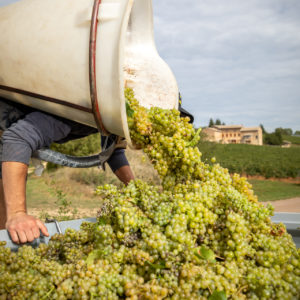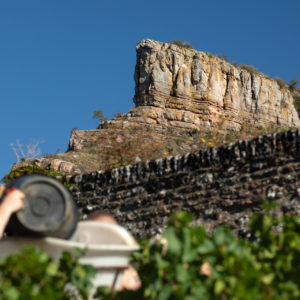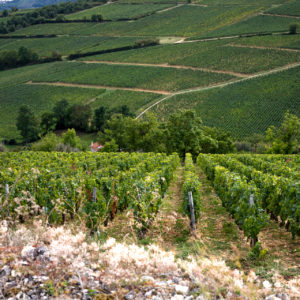Philosophy & Work methods
With our agricultural roots, we know that everything begins in the vines. Working the soil and respect for the vegetation are the prerequisites for a healthy, ripe, good quality crop. It is the beginning of a process that continues through harvest, carried out at the optimum moment, then into the vats and the cellar, right up to the bottling of the wine.
Having perfection as the objective means mastering each step, and considering the impact of every single gesture. Care and method are not sufficient in themselves, because there is no magic recipe! It is also necessary to adapt to the year’s weather conditions, observe, verify each parcel, and know how to evolve and experiment. For example, we have engaged the services of a geologist in the vines to better understand the potential of our different soils and adapt our work accordingly, both in the vineyard and the cellar.
This commitment has earned us High Environmental Certification since 2017. This state awarded accreditation is given in recognition of the actions undertaken by agricultural businesses in favour of the environment.
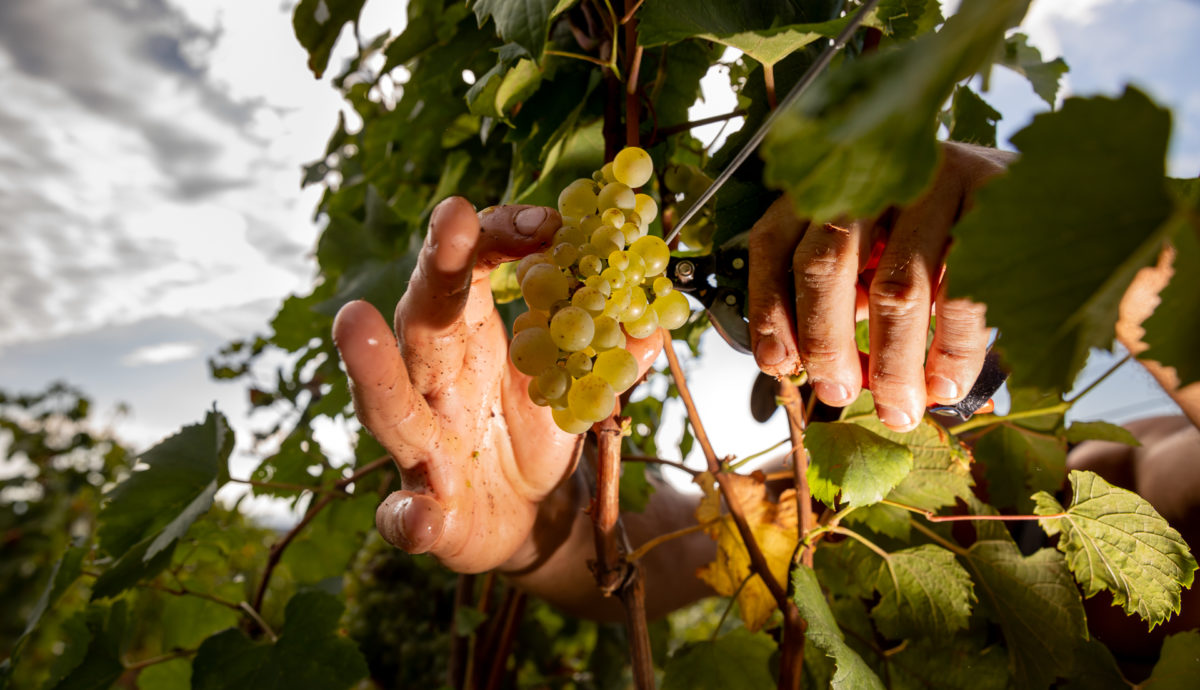
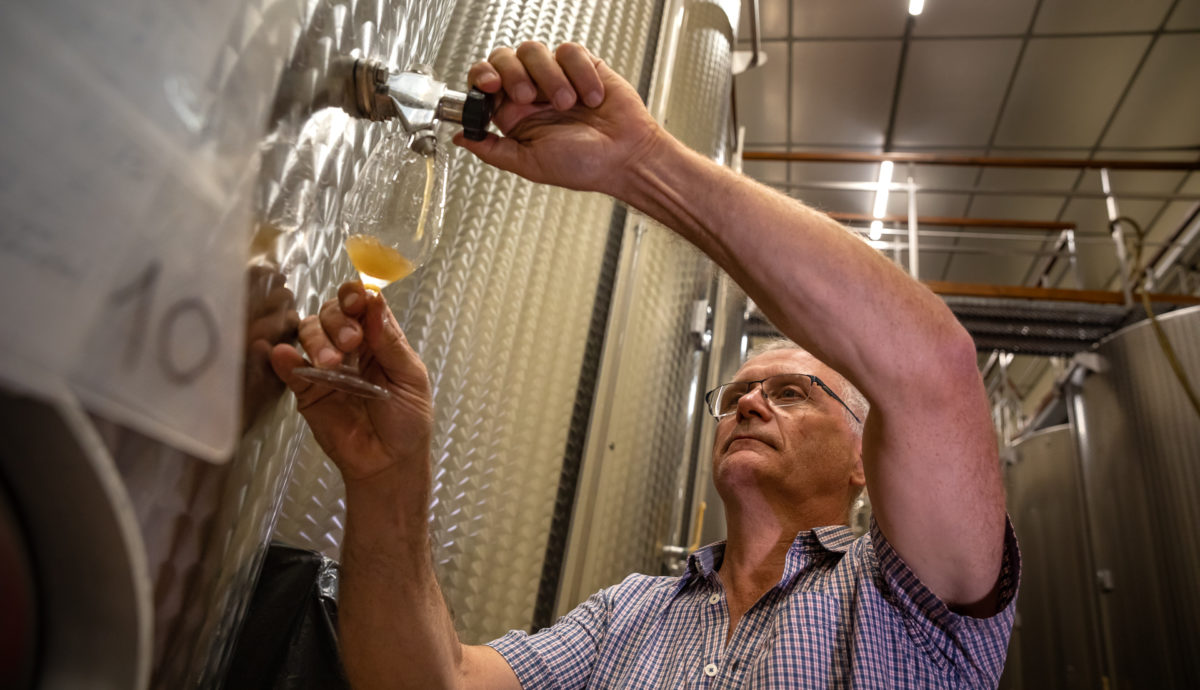
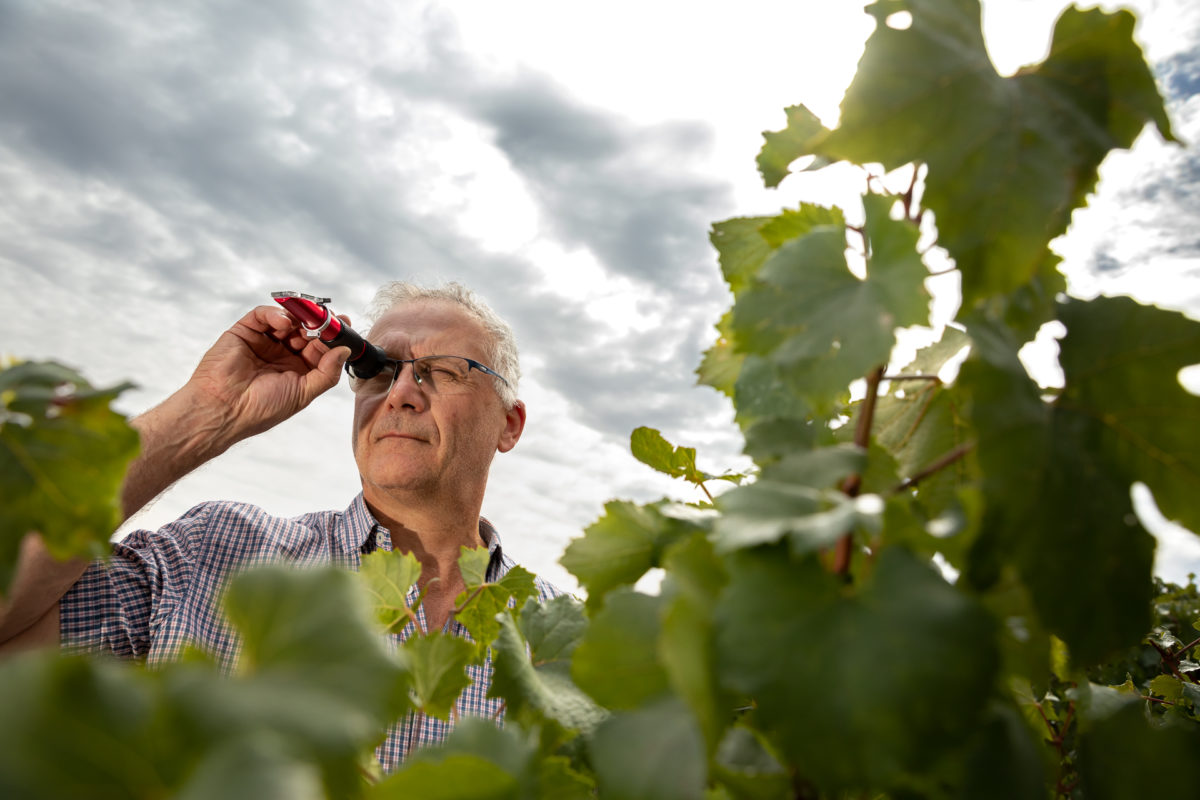
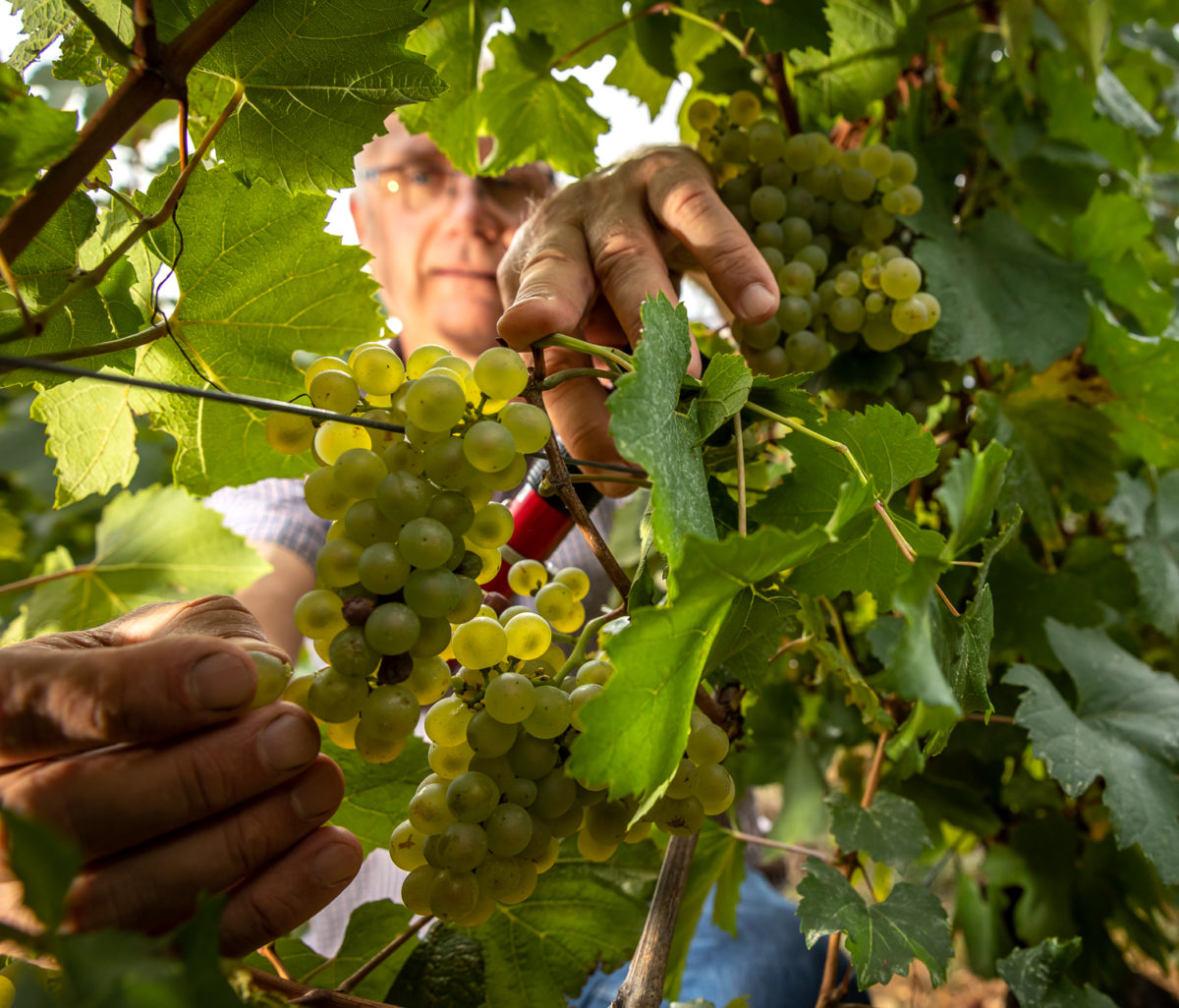
In the vines: observation and action
We monitor the fauna and flora in our vineyards attentively, according to a precise protocol:
- observation and counting of pest populations using traps, to estimate the level of threat
- observation of natural pest predators (arrival date and population of auxiliary fauna),
- study of the life in the soil to garner information about its structure, texture, and biological functioning.
Analysis of this data enables us to anticipate disease and minimise inputs.
Our vineyard management techniques and processes are natural, including the use of biocontrol products which stimulate the plants’ own natural defences. These are some of the methods we use:
- grassing over around and between the rows to limit erosion and facilitate the penetration of rainwater into the earth,
- reasoned fertilization using organic matter (manure…),
- readjustment of pH levels and the use of demineralized water to increase the efficacity of mixtures, enabling the doses to be reduced (up to four times less than the authorised dose).
- permanent regulation of the sprayer for improved performance,
- use of prophylactic measures to prevent the propagation of disease: efficient trellising, de-suckering, disbudding, leaf thinning, etc.
- hedge planting to encourage biodiversity that reinforces the vines’ natural defences and helps to limit erosion.
Other products are used only when the risk of disease is too great and threatens the quality of our crop, or during flowering, which is a moment of great vulnerability for the vines.
Protecting and encouraging biodiversity
We have had beehives at Davayé since 2017, starting with just ten. It was a project that came to fruition thanks to the expertise of Michel Coillard, a beekeeper and an old friend of Christian Collovray. The bees were rapidly completely at home in their new environment, thriving and reproducing in good numbers, which allowed us to create new colonies. We now have a total of 22 hives at Davayé. The honey they produce is very aromatic, with numerous complex floral notes. In the light of the success of this first experiment in Burgundy we installed our first hives in the Languedoc in the spring of 2019.


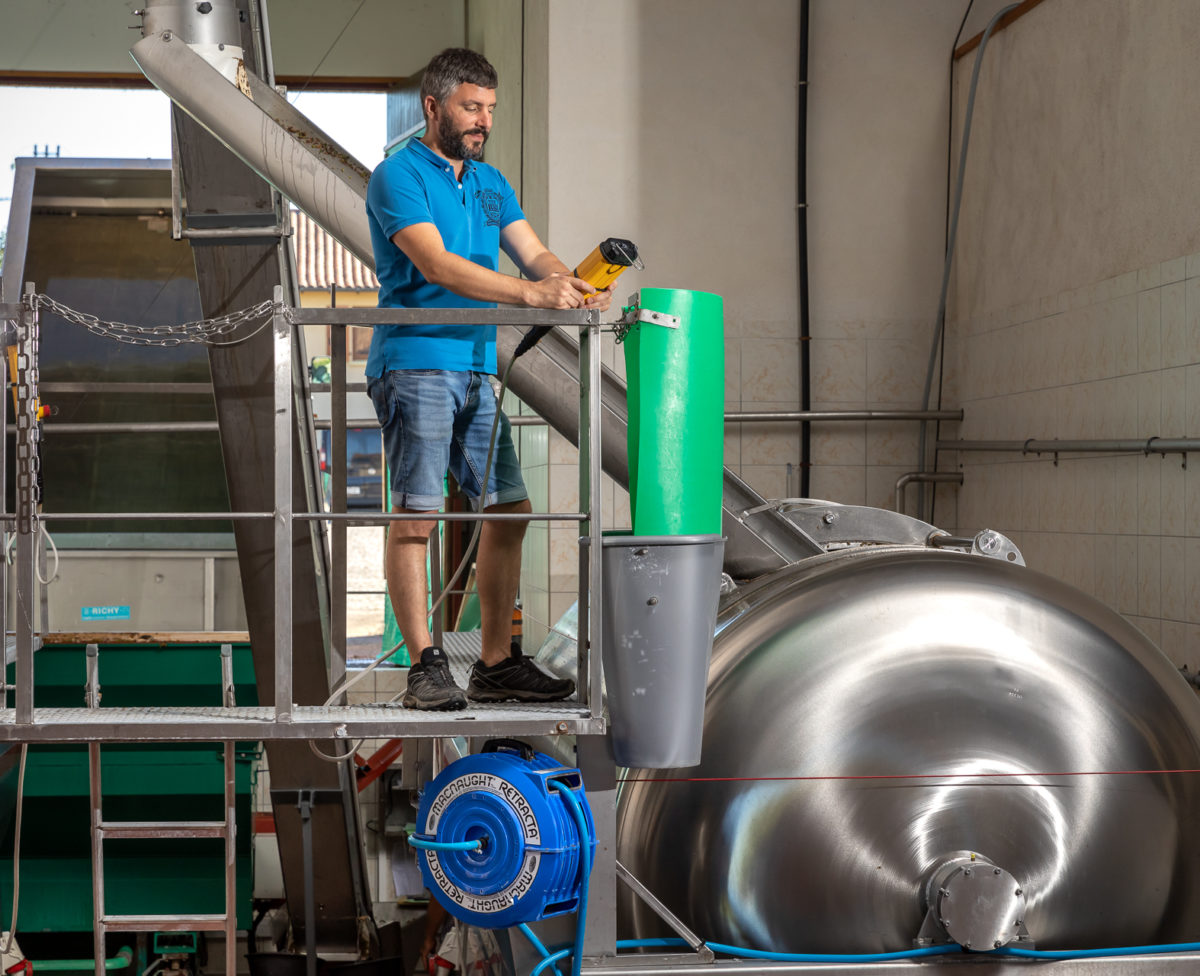
In the cellar: economies and vigilance
We want our work to have the least possible impact on our environment. In the cellar we employ traditional methods, mastering critical points for consumer health and safety according to HACCP norms, certified by the viticultural technical services of the Saône-et- Loire Chamber of Agriculture. Our efforts are concentrated in the following areas:
1. Minimizing the use of water in the cellar and controlling waste disposal:
- cleaning with high pressure water,
- construction of easy-to-clean premises,
- use of well water for cleaning equipment and preparation of mixtures,
- sorting and recycling of packaging waste.
2. Treatment of wastewater leaving the cellar:
- collection of wastewater,
- depollution of all water before it is discharged.
3. Limiting the use of energy from non-renewable sources:
- optimum insulation of buildings,
- harvesting when the ambient temperature is low,
- installation of photovoltaic panels on several roofs,
- geothermal heating systems,
- use of recyclable materials (bottles, cartons),
- reducing packaging weight thereby limiting CO2 emissions incurred during transport.



